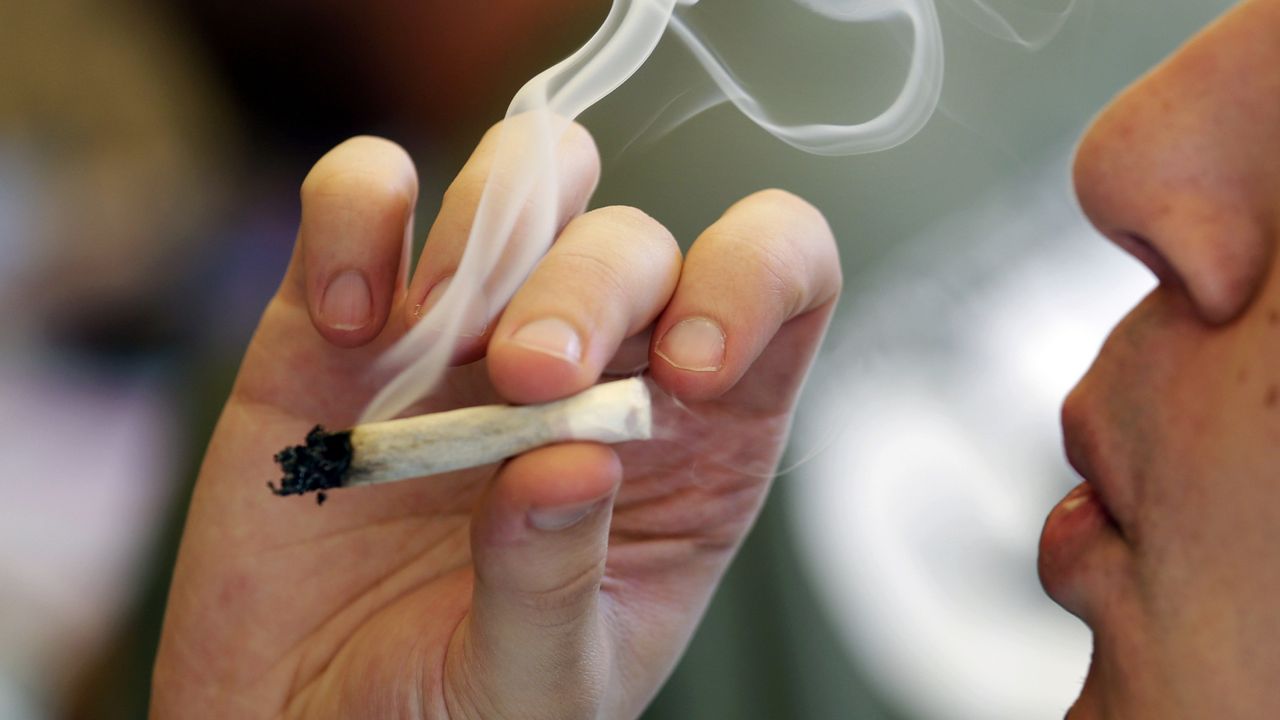A new study out of Columbia University is shedding light on how many people drive while under the influence of marijuana, alcohol, or both.
The report, published in the American Journal of Preventive Medicine on Monday, examined data from over 34,514 individuals aged 16 years and up who reported past-year marijuana or alcohol use between 2016-2019. Approximately 42% of respondents reported driving under the influence of either substance, or both simultaneously.
Of those who drove under the influence, around 8% reported driving after consuming only alcohol; a separate 20% drove after using cannabis and the final 14% drove under the influence of both alcohol and cannabis.
Individuals who reported consuming alcohol and cannabis at the same time were over twice as likely to drive under the influence of cannabis and over 3.5 times as likely to drive under the influence of both substances when compared to those who did not drive while impaired.
The participants in the study were largely male, non-Hispanic white and with a family income of $40,000 or less per year
“From a harm reduction perspective, identifying which population subgroups are at high risk for DUIs could assist the development of more focused prevention strategies,” Priscila Dib Gonçalves, lead author of the study, wrote in a press release. “Future research should also investigate the potential impact of low or ‘promotional’ cannabis prices with higher levels of use, intoxication, and simultaneous use of other substances.”
The authors also said future research is needed to determine the best solutions for different groups, as external factors like state cannabis laws, the proximity of liquor stores to marijuana dispensaries and other regulations will likely impact the end result.
The research is subject to a number of limitations, one being that the “use of biological measures to determine THC intoxication remains challenging, considering that the presence of cannabis metabolites is not sufficient to determine cognitive and motor impairment.”
The study lines up with previous research that found simultaneous use of alcohol and cannabis while driving leads to an uptick in traffic fatalities, more so than just the consumption of one of the two substances. Both cannabis and alcohol are commonly associated with fatal car accidents.
According to federal data, the number of U.S. traffic deaths surged in the first nine months of 2021, up almost 33% over the past decade, although it was not clear how many of those fatal accidents involved impaired drivers.
The Associated Press contributed to this report.








_crop)